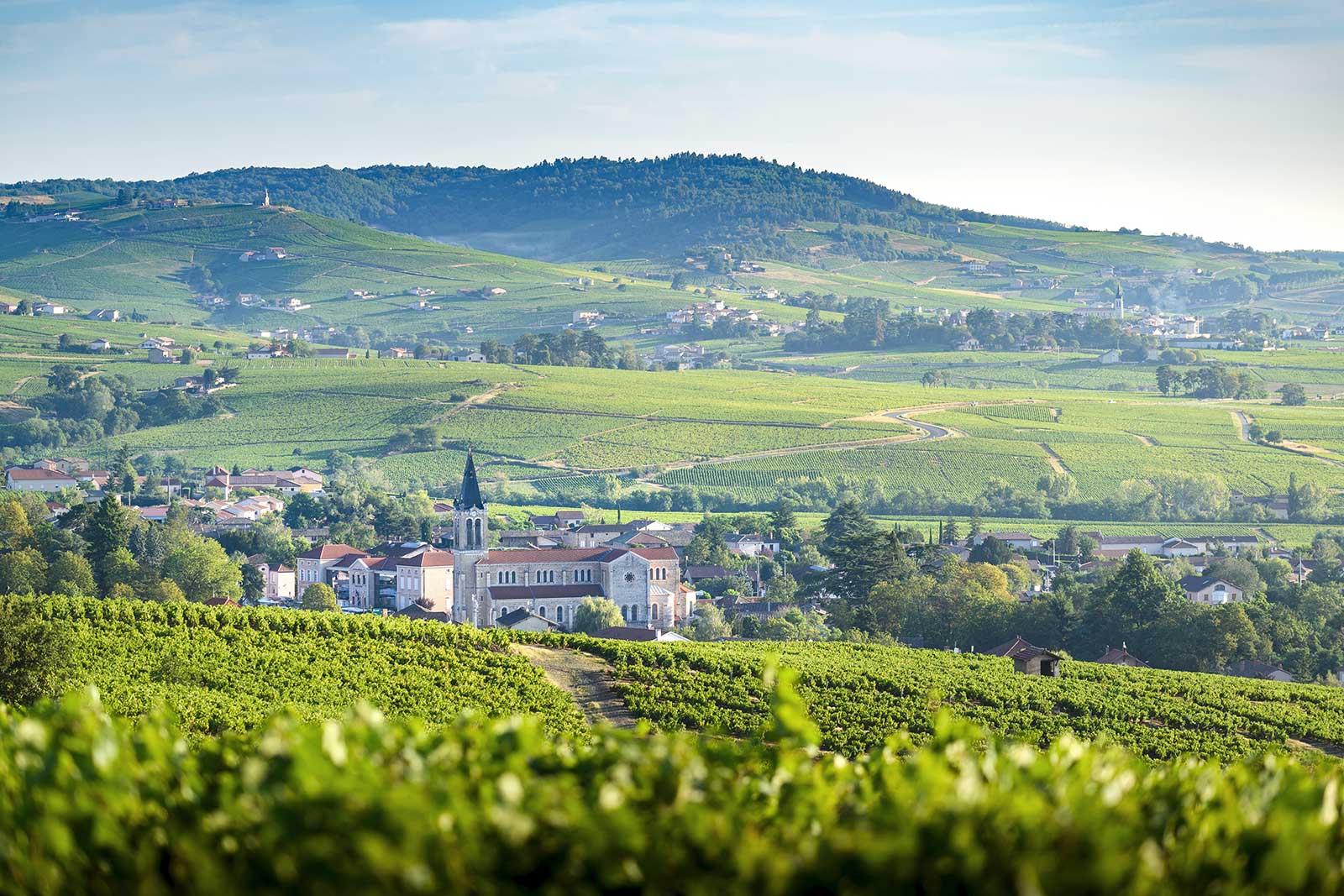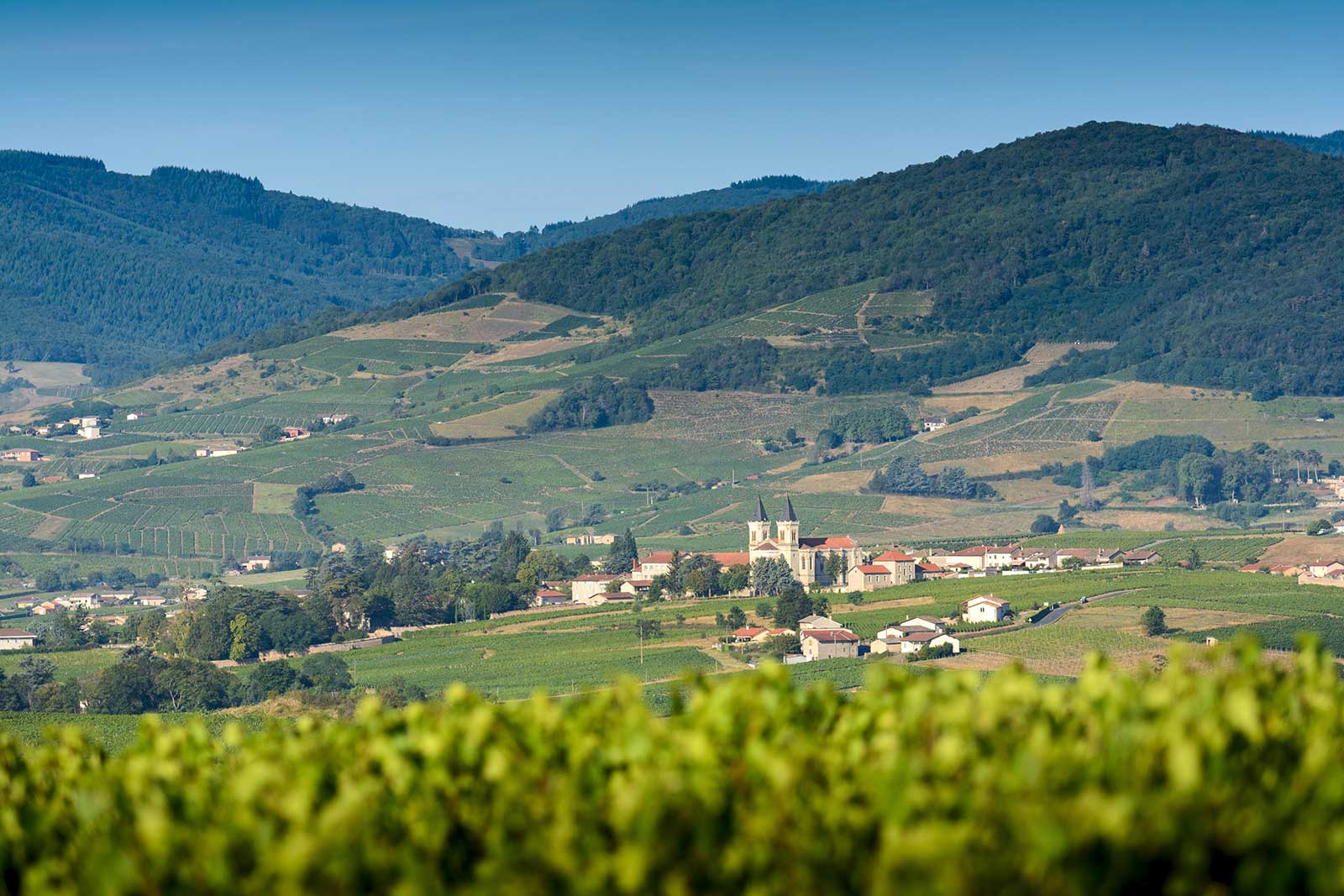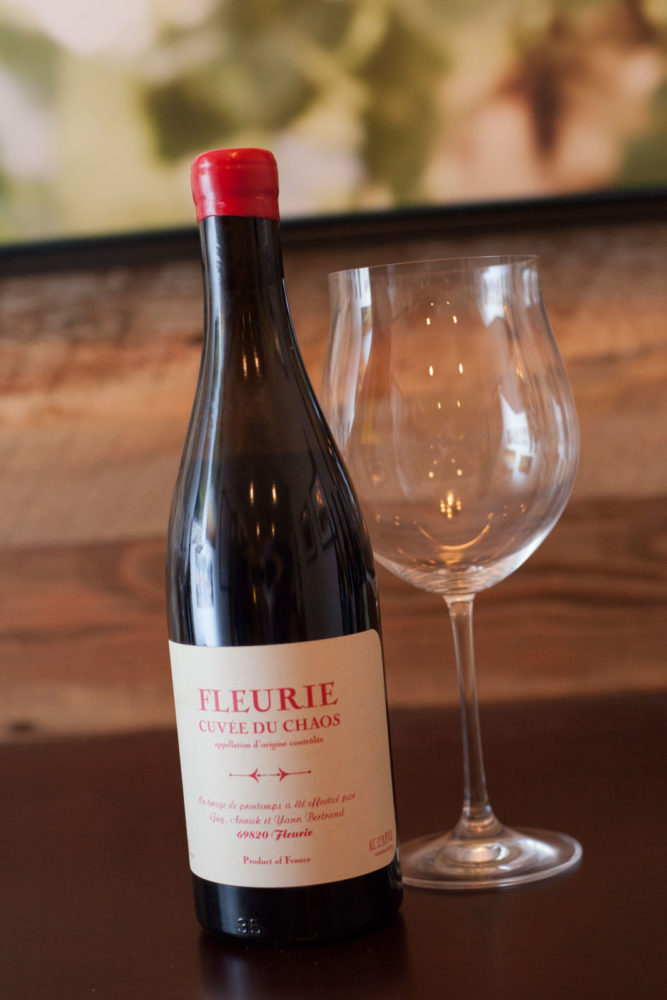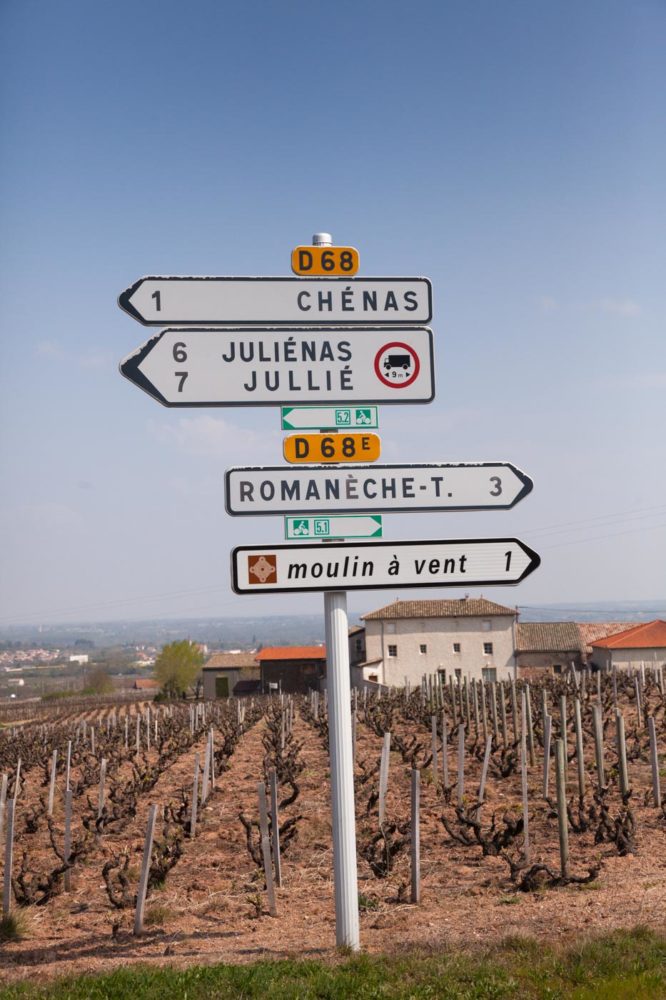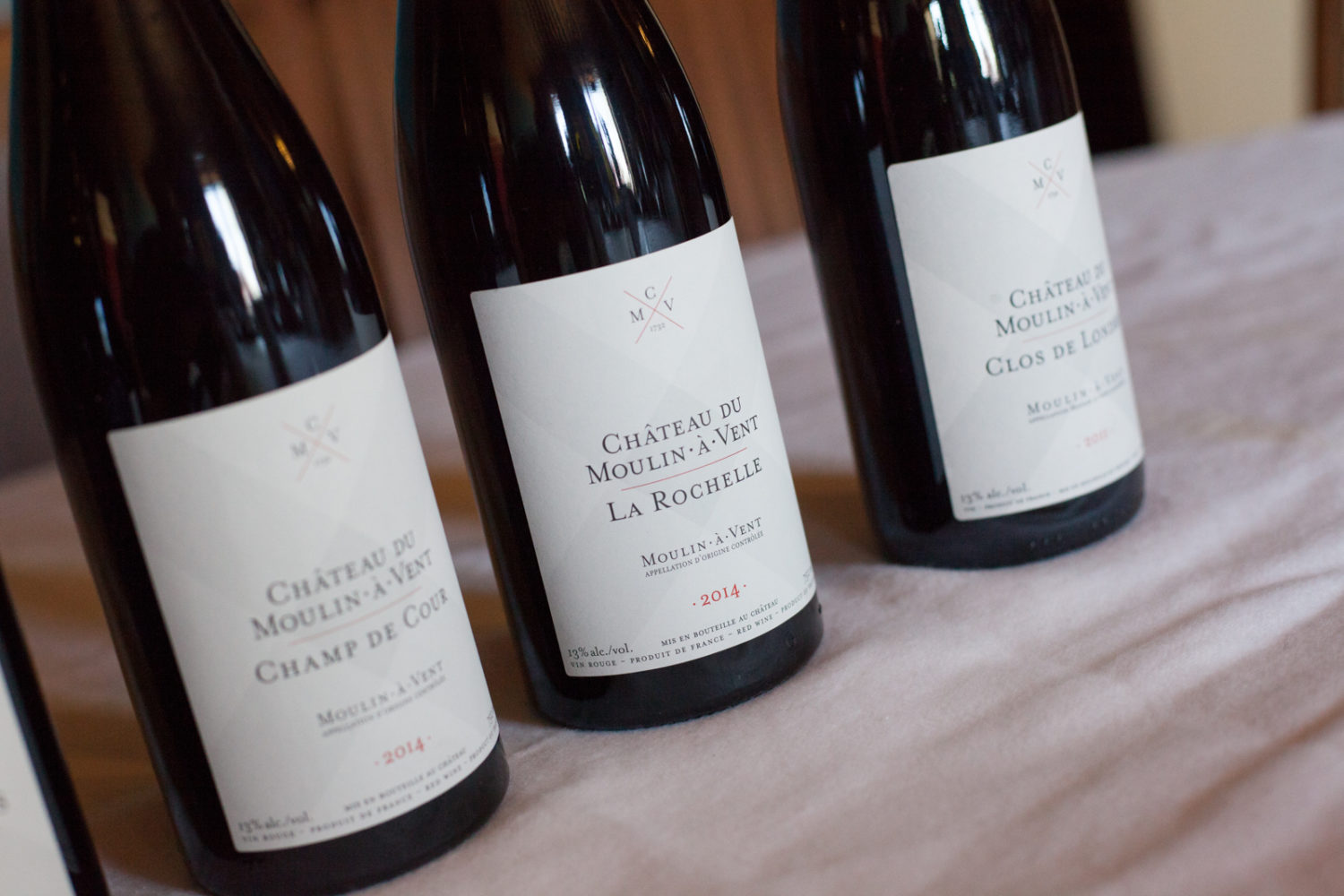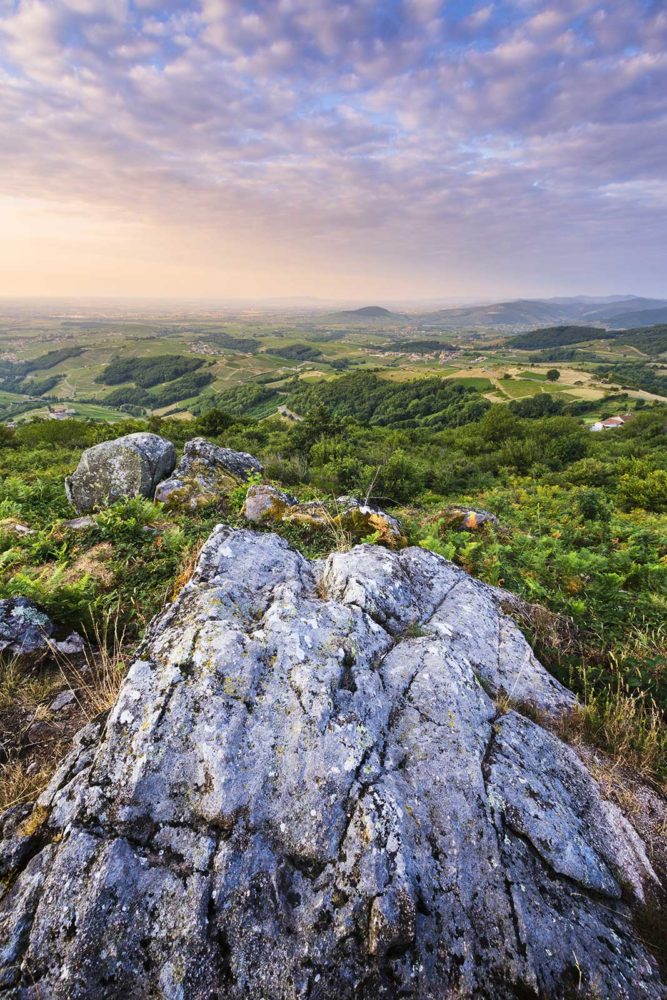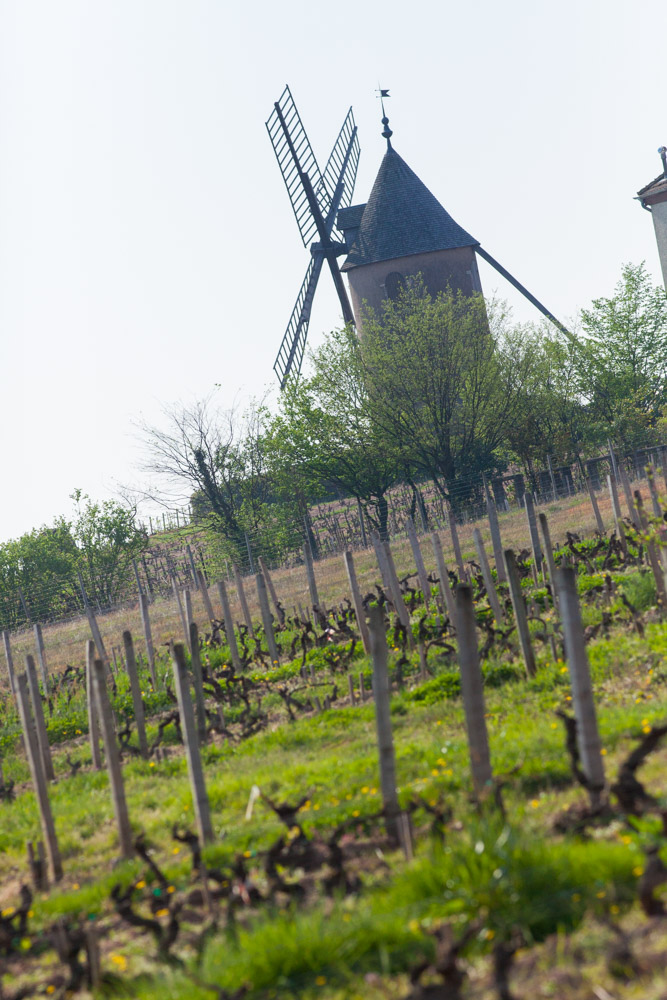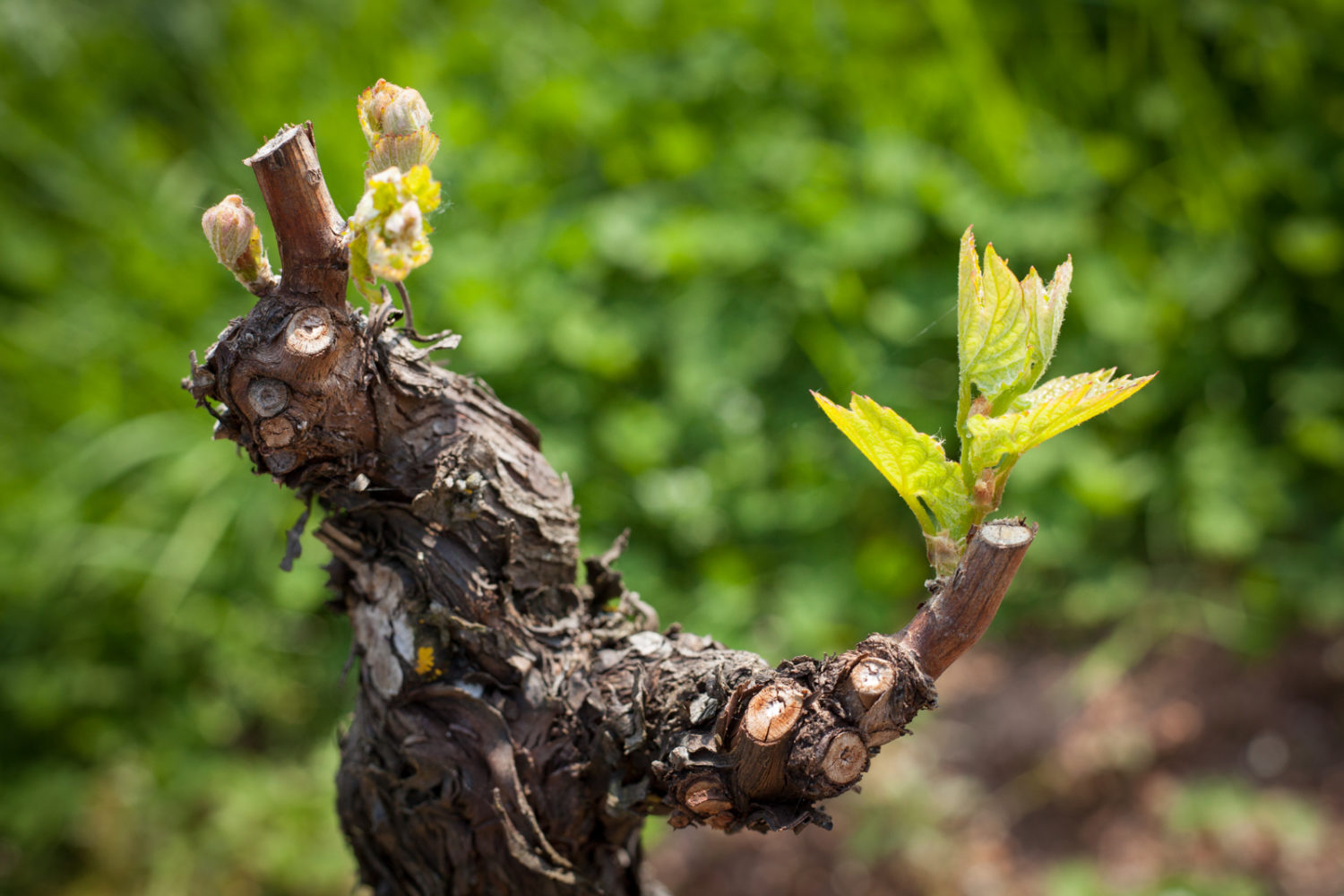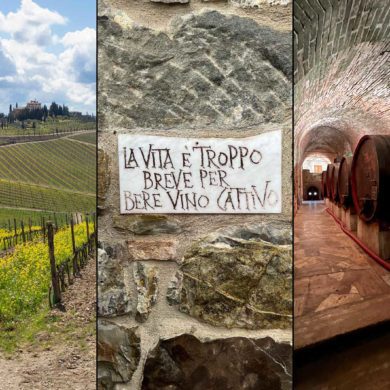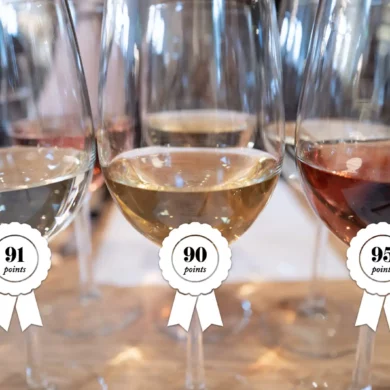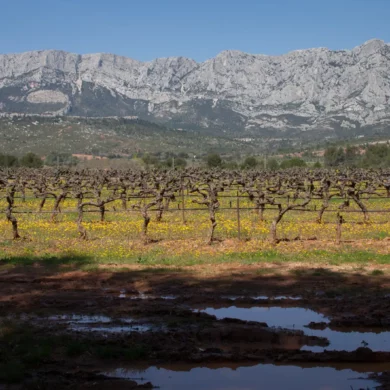What follows is a study guide/shopping list for our paying subscribers that was initially created for a live class we held on the Cru Beaujolais. Paying subscribers can watch a video of the class here.
In this article you will find everything you need: how to understand Cru Beaujolais at a basic level so you can purchase the these wines with confidence, as well as producers that I think are worth the extra effort to seek out, and some simple serving tips.
Navigate This Study Guide
The Cru Beaujolais: In-Your-Face Terroir
Why are we covering Beaujolais? Because its top vineyards, collectively know as the Cru Beaujolais, offer something completely unique and refreshing in the world of wine. They’re tasty and delicious, so anyone can love them. But if you choose to pay attention to them, they’re also complex, structured and enduring on the finish. They manage to lack conceit or any sense of snobbery, yet offer an enriching, timeless expression of what French red wine can be.
Much of this persona has to do with Beaujolais being Burgundy’s overlooked little brother, but it also has to do with a bit of a punk rock attitude in modern times. The cru is one of the epicenters of the natural wine movement, whereby a band of winemakers thumbed their nose at industrialization in winemaking, and reconnected with their roots through environmentally friendly vineyard practices and traditional winemaking methods. They had plenty to react against in their own backyard. The Beaujolais Nouveau craze of the 1970s and 1980s turned the region’s reputation into the wine world’s equivalent of Kool-Aid, and to match the demand, wineries went a little nuts on the industrialization of their winemaking. The granite hills of the Cru villages served as the perfect place to pivot against such excess.
Today, the natural wine movement of Cru Beaujolais runs a spectrum from classic — as well as a geologically diverse zone comprised on 10 different villages — blesses us with one of the most easy-to-learn studies in terroir. For lighter wines, you know which cru to look for. For bolder wines, you know which cru to look for. For the middle ground … you get the idea. It’s all written in the landscape, and I aim to show it to you.
A few facts about these wines:
- Gamay Noir – Cru Beaujolais wines are varietal wines made entirely from this red-wine grape. It offers a juicy, fruity expression that — in certain conditions — can yield wines with lovely secondary tones of violets, cedar, smoke, baking spice and even rainstorm.
- Alcohol range – Nothing too out of the orindary. Cru Beaujolais wines are usually within the 12.5% to 14% ABV range. In hotter vintages (such as 2017), that number can trend up a bit.
- Semi-Carbonic Maceration – Say what? This process is a winemaking technique in which the uncrushed grapes are sealed in a vat, and they begin a fermentation process within the individual berries of each grape cluster. We’ll dive more deeply into this technique, but you may here about while shopping. What you should know is that the process has a feel hallmark flavors associated with it: namely, a more fruity, almost tropical touch, as well as a slightly more energetic acidity.
Shopping for Cru Beaujolais
For this class, you’ll need to acquire three Cru Beaujolais wines on your own. But here’s the wrinkle (there is always a wrinkle in understanding French wine): none of these wines are required to say “Cru Beaujolais,” “Beaujolais Cru” or even “Beaujolais” on the label. That’s because the 10 cru villages of Beaujolais have their own taste and identity, and that’s what the winemakers have agreed to market as most important.
So when you are shopping, you’ll want to look for any of these names on the label:
- Morgon
- Fleurie
- Moulin-à-Vent
- Brouilly
- Côte de Brouilly
- Juliénas
- Régnié
- Chiroubles
- Saint-Amour
- Chénas
For this tasting, if you can get 2 to 3 Cru Beaujolais wines to compare, that’s great. Ideally, it would be best to get 3 different wines from 3 different cru. If you can get one wine each from these three different categories of cru, you’ll really get a great sense for the breadth of these wines:
- Lighter-style cru – Fleurie, Saint-Amour or Chiroubles
- Moderate bodied cru – Julienas, Régnié, Brouilly or Côte de Brouilly
- Robust cru – Moulin-à-Vent, Chénas or Morgon
This might be a challenge depending on where you live and what is available. Most likely, you will find Fleurie, Morgon and Moulin-à-Vent, which are the three most widely available cru on the market. Brouilly, Côte de Brouilly and Juliénas are a little less common, while the remaining four can be quite rare.
Winemakers
Many producers in the Cru villages of Beaujolais bottle wines from multiple Cru. Some even produce white wine (Chardonnay) from the neighboring region of Pouilly-Fuissé (that’s pwee fwee-say). So rather than point to specific bottles, I’m going to point to specific producers you can look for.
- Jean-Louis Dutraive [aka Domaine de la Grand Cour] (Fleurie)
- Jean-Marc Burgaud (Morgon)
- Château du Moulin-à-Vent (Moulin-à-Vent)
- Château Thivin (Brouilly, Côte de Brouilly)
- M & C Lapierre (Morgon, Juliénas)
- Domaine Valma (Fleurie)
- Jean Foillard (Morgon)
- Domaine Thillardon (Chénas, Moulin-à-Vent)
- Michel Chignard (Fleurie)
- Guy Breton (Morgon, Régnié, Côte de Brouilly, Chiroubles)
- Michele Tete (Juliénas, Saint-Amour)
- Anne Sophie Dubois (Fleurie)
- Antoine Vincent / Château Fuissée (Juliénas)
- Pierre Cotton (Brouilly, Côte de Brouilly, Régnié)
- Yann Bertrand (Fleurie, Morgon)
- Stephane Aviron (Moulin-à-Vent, Morgon, Fleurie)
- Château de la Chaize (Brouilly, Côte de Brouilly)
- Villa Ponciago (Fleurie)
Cost
Whichever route you go, plan on a budget of between $20-$65 per wine. You can go higher if you really want to, but one of the great things about Beaujolais vs. Burgundy (for instance) is that its top wines rarely sell for more than $65, and you can routinely get a great bottle of wine for between $25–$35. Although, prices are going up with each vintage
Serving Tips
Cru Beaujolais wines are certainly more structured than ordinary Beaujolais Village or Beaujolais wines. That said, they are often juicier and lighter than the Pinot Noir and Syrah-based wines they’re often compared to from the regions immediately north (Burgundy) and south (the Northern Rhône) of Beaujolais. More robust Cru — especially Moulin-à-Vent, Morgon and Chénas — can improve with age, which means they can benefit from being open longer. But decanting is typically not necessary with any of these wines.
In terms of food pairings, Cru Beaujolais is highly versatile. They’ll fare remarkably well alongside charcuterie, cheese plates, roasted chicken, burgers and even certain styles of pizza. Just stay away from spice and they’ll show well.
I recommend having a set of Burgundy glass for the best tasting experience during the class.

